|
Very few people I know have been to Sardinia. If they have, they went with the kids and stayed on the beach. If I ask people where in Italy they would like to go, Sardinia is rarely in their top 10. Yet it has so much to offer: Even I only went to Sardinia by accident. Some weavers who were coming on one of my Tastes & Textiles tours in Tuscany asked me to take them to visit a woman who weaves ‘sea silk’, the filaments of the beard of a sea mollusc. Reluctantly I agreed and hopped over from Pisa, only 50 minutes by plane to Cagliari, the capital of Sardinia. It wasn’t love at first sight. But, like people, I believe places merit more than a casual glance. Many reveal their treasures only to those who patiently dig below the surface. There’s no better way to get to know a place than to learn from the locals. Enter Antonio Arca. He was born in Alghero in northwestern Sardinia and moved to London in 2004, the same year I came to Lucca. His company Capo Caccia Fine Food imports the products he knows and loves from small, trustworthy suppliers. During one of my research trips to Sardinia, Antonio advised me to go to Sa Sartiglia festival in Oristano, in the west central part of the island. You can read about it here. I was travelling with friends who wanted to go to Cabras to see the Giganti di Mont’e Prama, but I was too engrossed in the festival. I was meeting farmers and family food producers at street stalls. One of these was Marcello Stara, a local rice farmer. I don’t know why I’m so excited by rice. Maybe it’s the flavour of good rice (not the bland quick-cook stuff) and its versatility in different cuisines from Asia to Italy. Maybe it’s the fact that it grows in water and required communal cooperation to provide the irrigation. Maybe it’s just how beautiful it looks in the field. In any case, I was already conjuring a tour to include Marcello and his rice during the harvest so we could find out how it’s processed and what freshly harvested rice tastes like. But one farmer doesn’t make a tour. I consulted Antonio. Did he know know other people in the area? Would he like to collaborate on a tour? Yes and yes. We planned a research trip together. First we needed a place to stay. For me it had to be an agriturismo (farm accommodation) so we would be investing in the rural economy. I found three suitable ones on the internet. Antonio chose L’Orto. Not only do they have enough private rooms with en suite baths, but they have a restaurant and dad is a fantastic cook. Everything local and perfectly cooked. We visited Marcello and his rice fields. He introduced us to Davide Orro and his family in the next village. Davide could almost be a tour in himself. He’s an enthusiastic winemaker and olive farmer and his sister Ester makes decorated festival bread. He planned our day: start picking olives, cure and bottle the olives, learn to make decorate bread with Ester. Lunch: bread, local cheeses and salumi, olives, wine. One of the grape varieties is known to have been grown in the area 3000 years ago. Davide suggested we go see Sandro Dessé. He’s even more versatile than the Orro family. You arrive at his farm and see a paddock of sheep and goats, one of donkeys and horses, pigs at the back and dinosaurs over to the side. Behind the pigs are fruit trees and vegetable gardens. Sandro is a practitioner of the circular economy. Not only does he produce the raw ingredients, but he processes them as well. There’s a small abattoir, a laboratory for curing pork, a cheese dairy and a kitchen for drying fruit and making pasta. His dining room seats 250 guests. Sandro’s wild, wide-eyed enthusiasm is contagious, but we can’t do everything in one visit. We must have a tour of the farm, and it would be fun to have a lesson making the delicious stuffed pasta called culurgiones, which we can eat for lunch along with Sandro’s many other products. Here we pick up the trail of some of Antonio’s friends. Paolo Lilliu, a butcher, who makes the salsiccia sarda, which you can cook when they’re fresh or air dry and eat like salami. On your morning with Paolo you’ll make your own, after which we’ll go to his friend Sandro Picchedda, a saffron and peperoncino (chili pepper) farmer for a barbecue and a traditional dessert made with saffron. Some other friends of Antonio introduced us to cowherd and cheesemaker Giuseppe Sanna who makes the Slow Food Presidium cheese casizolu from the milk of his own cows. He's willing to let you try your hand at forming the cheeses. My friends came back wide-eyed and enthusiastic about the Giganti di Mont’e Prama, bigger than life-size stone statues of warriors which probably date to around 800 BC. Having been an archaeologist, I had to see them too. Luckily they reside in the seaside town of Cabras, which is also a centre of bottarga production. We talked to several producers who told us about the technique for fishing the grey mullet, cleaning them and salting and curing the roe to make the much sought after and expensive delicacy bottarga. The gentle and generous Giovanni Spanu invited us into his production facility. The Giganti were even more impressive than I had imagined. They immediately became the mascots of the tour—little-known giants, the heroes of their land. Our living giants are smaller and gentler, but fighting all the same to maintain their products of quality and the role of the small farmer and producer in an ever more global economy.
Find out more about the Giants of Sardinia tour here. If you landed here by chance and would like to be notified of future posts, you can sign up here. If you’d like periodic news about our tours and courses, sign up here. This blog was originally published on Slow Travel Tours on 26 August, 2018.
1 Comment
The etymology of the Italian word antipasto is ‘anti’ meaning before and ‘pasto’ meaning meal. My Italian-Italian dictionary adds that they are served before the beginning of the true and proper meal. So, how much can you eat right before you eat a ‘true and proper’ Italian meal? Remember that it consists of two courses, the primo or first course and the secondo or second course. The second course may have side dishes, contorni, and is often followed by the dolce, or sweet course. The Italians I know have differing opinions about the correct number of antipasti (plural of antipasto) to be served at a ‘true and proper’ meal. Stefano of Cantina Bravi in the Garfagnana can’t bear to serve fewer than seven. Nor can Agriturismo L’Orto in Sardinia (if you count the olives). Despite my begging her to reduce the number, Gabriella ignores me and continues to produce five at the seafood dinners she prepares for my salumi courses in Tuscany. Which would you choose? Returning to the dictionary, it says the antipasti are supposed to whet the appetite. Personally, I find more than one puts a damper on my appetite for the rest of the meal, and finally I’ve found some Italians who agree with me. I invited Marzia (one of my cheesemakers) and her husband to dinner last night. Since I figured one antipasto would never satisfy an Italian, I decided to serve three. A bit meagre, I knew. By the time we got to the secondo, a stuffed roast guinea fowl, they said they were already full. They declared that antipasti kill their appetites, and they could easily do without any. I must remind them next time my cheese course is at their house for dinner and they serve seven antipasti!
Back to my question: how many can you eat? If you landed here by chance and would like to be notified of future posts, you can sign up here. If you’d like periodic news about our tours and courses, sign up here. This blog was originally published on Slow Travel Tours on 31 March, 2019. The guests on our inaugural Giants of Sardinia tour excelled themselves with a little help from our stellar food producers. They scampered to the top of the megalithic nuraghe Barumini. They picked and brined olives with Davide Orro and his mother Angelica. They manipulated with dexterity the dough for Oristano wedding bread with Davide’s sister Ester. It was no problem at all tasting the rest of Davide’s superb wines with seductive labels designed by his other sister Maura. They learned the proper way to make Italian risotto with Marcello Stara’s rice under the tutelage of his friend Rossella. With butcher Paolo Lilliu they overcame the difficulties of stuffing Sardinian sausages… …and ate them barbecued for lunch. Even if their Casizolu, a Slow Food caciocavallo-type cheese, wasn’t quite perfect, it was lots of fun modelling the curd. It seemed that making stuffed pasta culurgiones was going to defeat them, but practice makes perfect and success was theirs in the end. I’m glad we didn’t have to do battle with the Bronze Age nuragic giants at Cabras. But I bet our guests would have succeeded in making a peace treaty, and the giants would have joined us for a blow-out feast at our agriturismo L’Orto! Come on one of our small group tours so you too can glow with achievement and join our guests’ hall of fame. Choose your tour now: http://www.sapori-e-saperi.com/small-group-tours.html
If you landed here by chance and would like to be notified of future posts, you can sign up here. If you’d like periodic news about our tours and courses, sign up here. This blog was originally published on Slow Travel Tours on 11 November 2018. |
Email Subscription
Click to subscribe to this blog and receive notifications of new posts by email. AuthorErica Jarman Categories
All
Archives
October 2023
|
|
copyright 2017 sapori-e-saperi.com | all rights reserved
|
Website by Reata Strickland Design

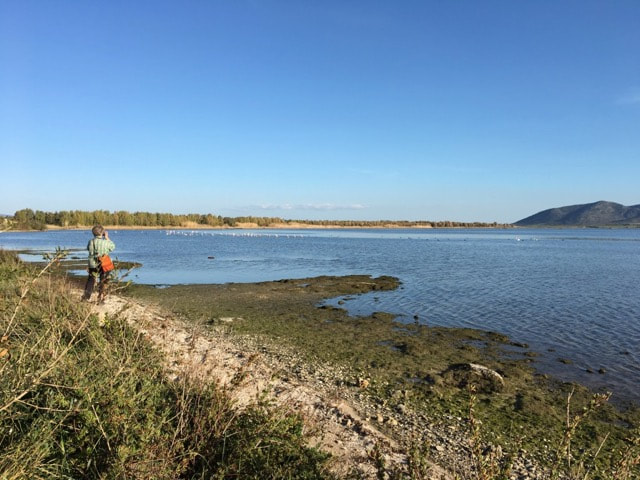
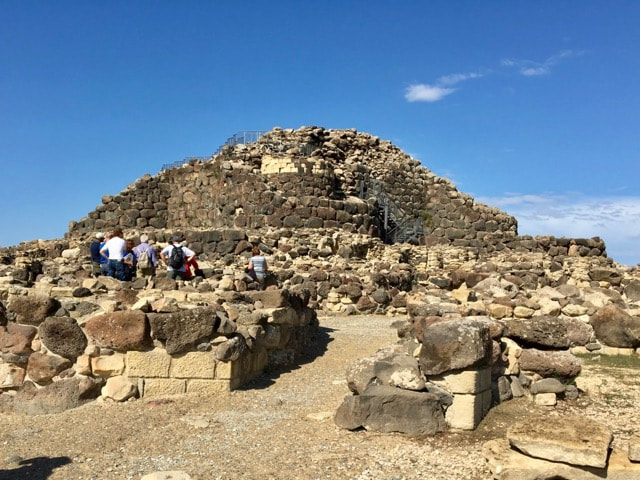
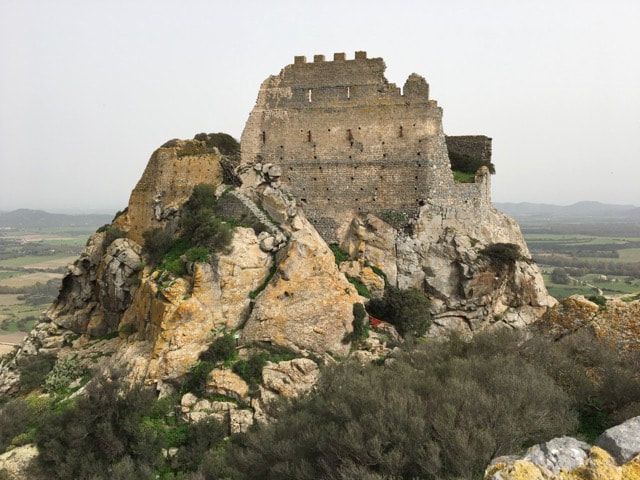
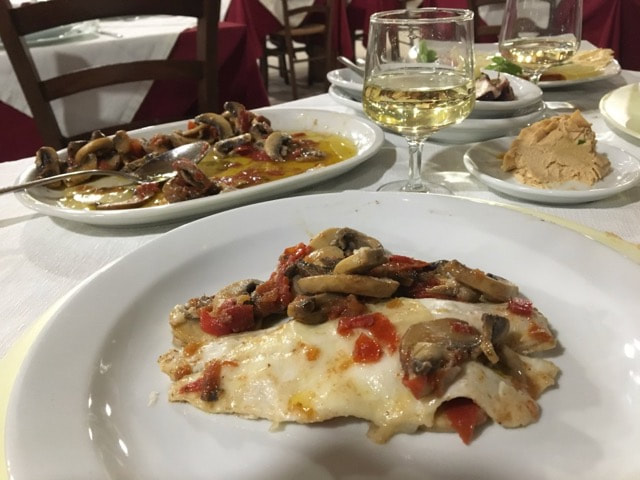
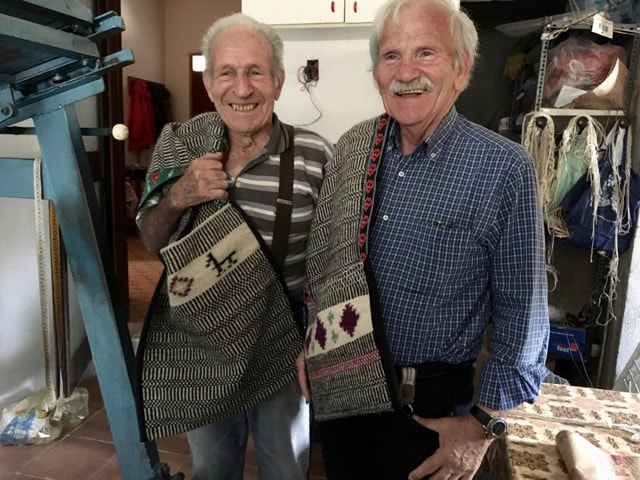
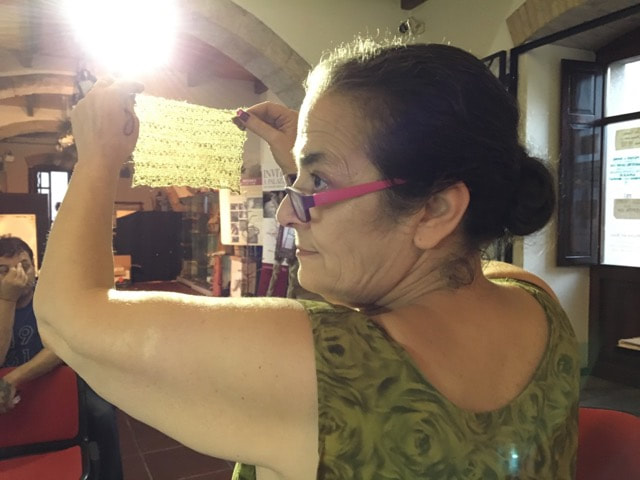
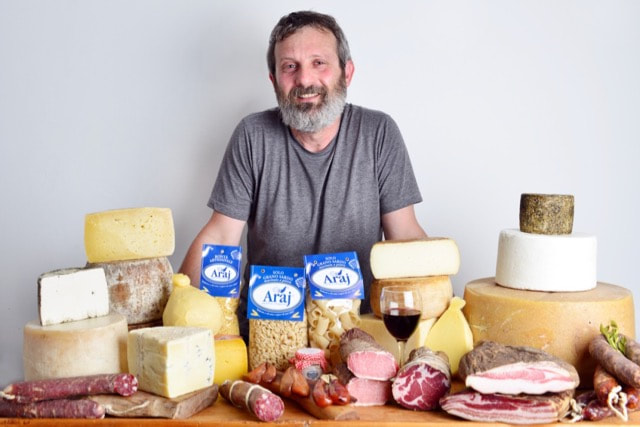
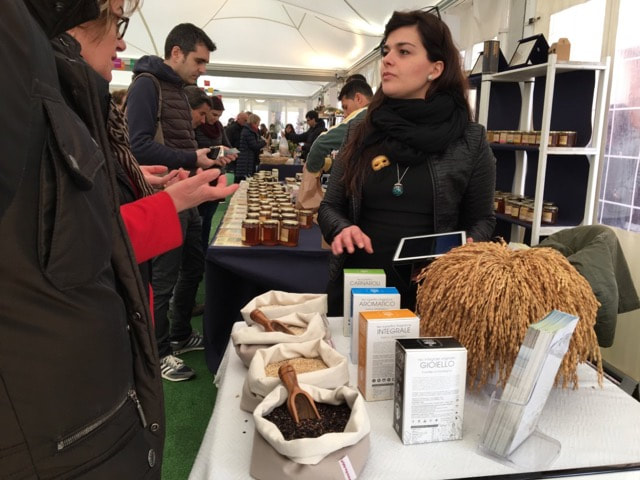
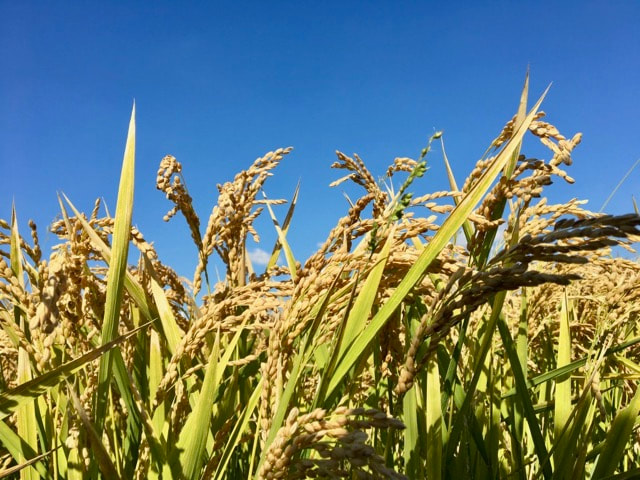
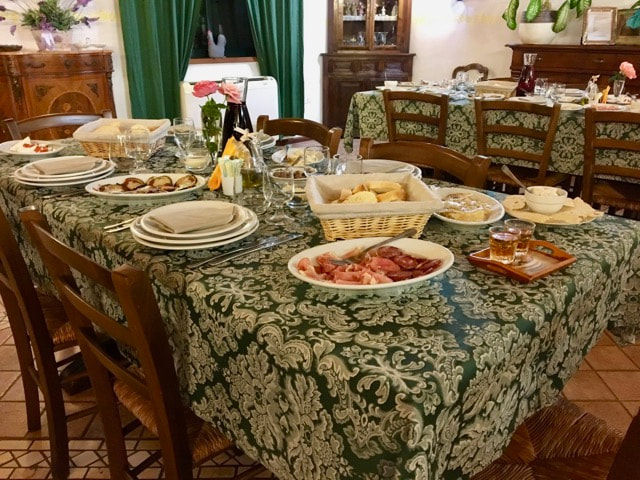
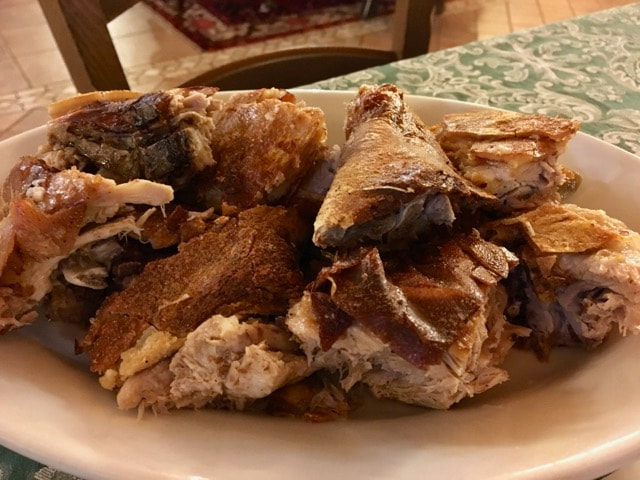
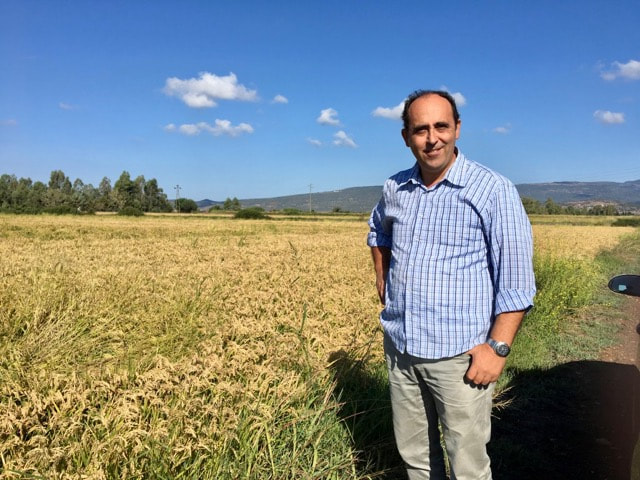
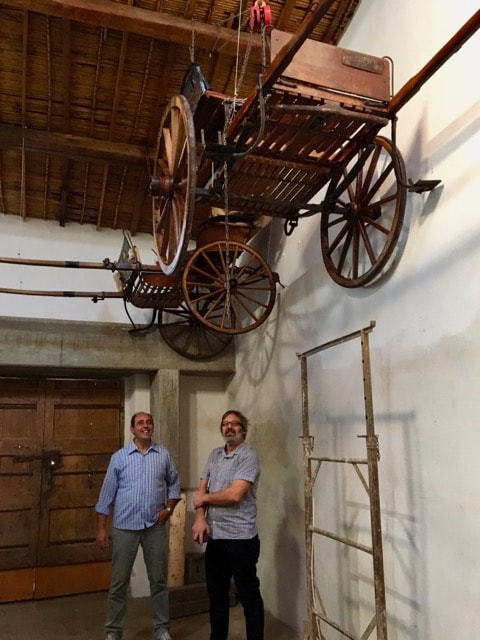
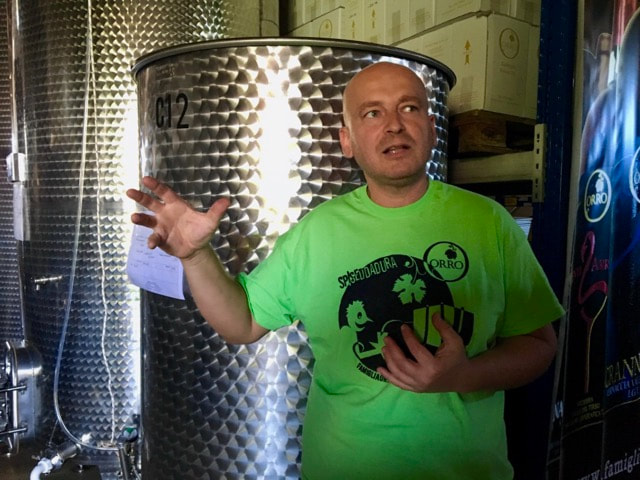
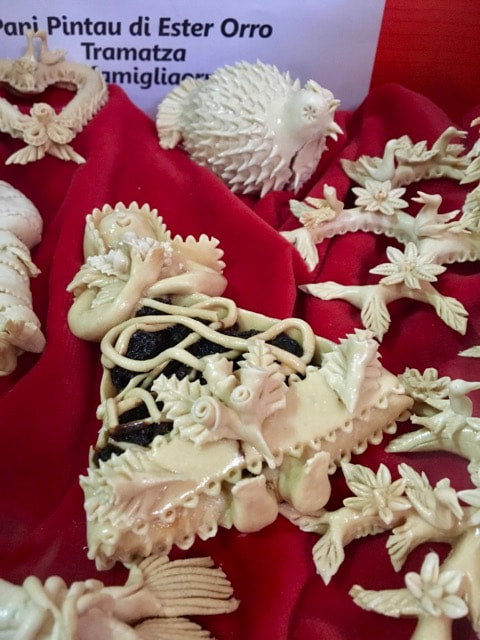
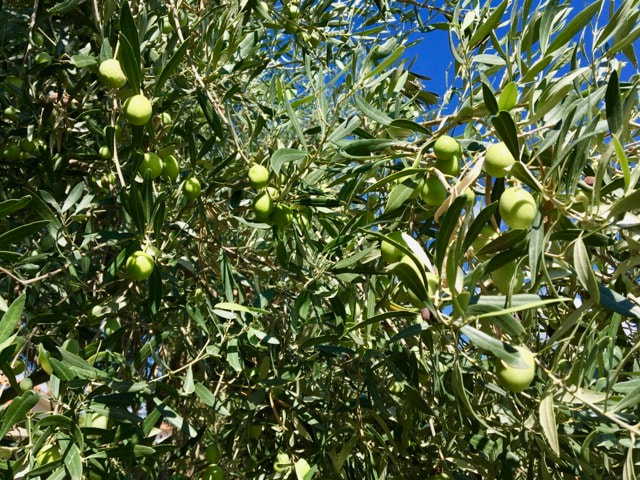
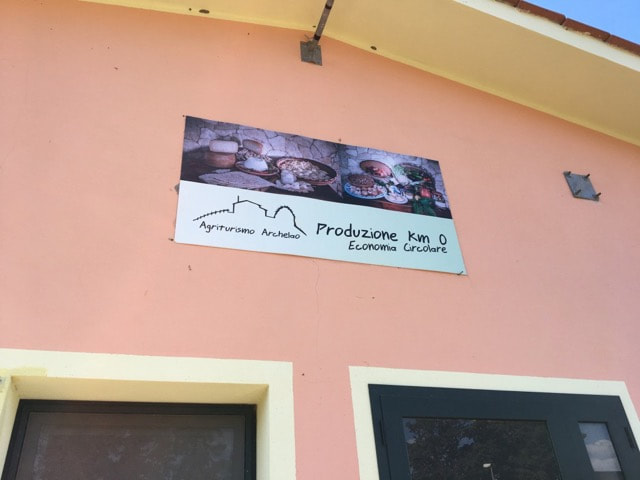
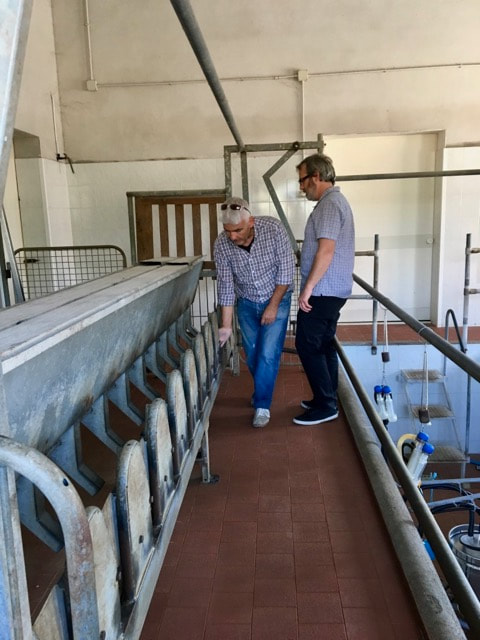
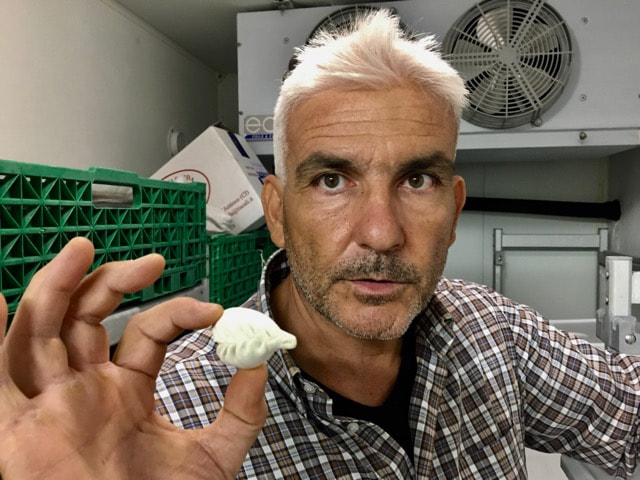
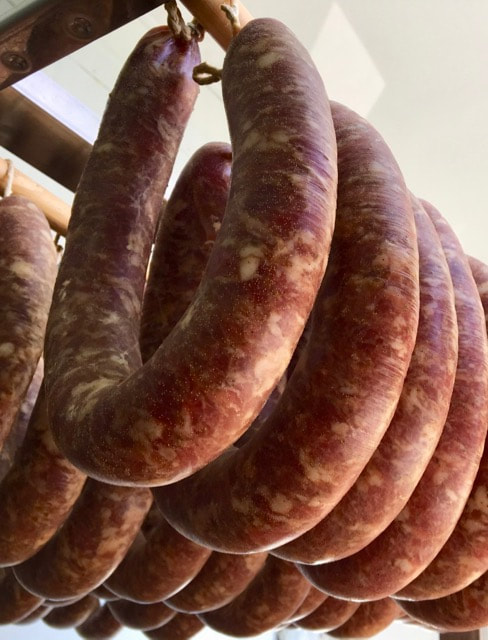
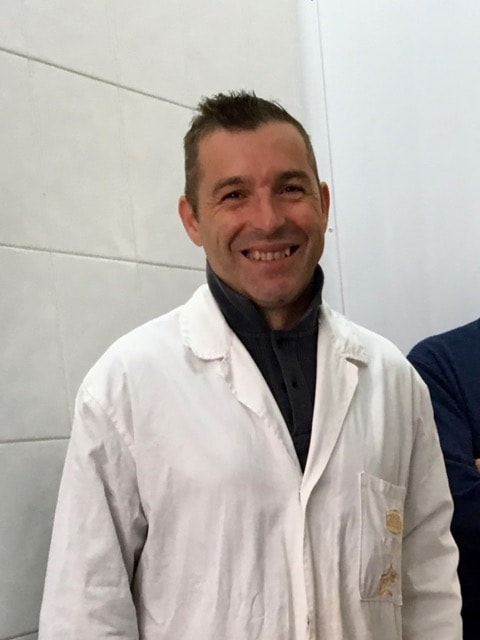
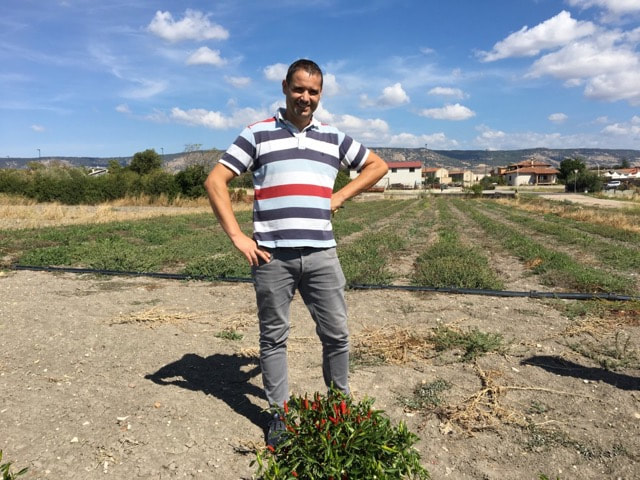
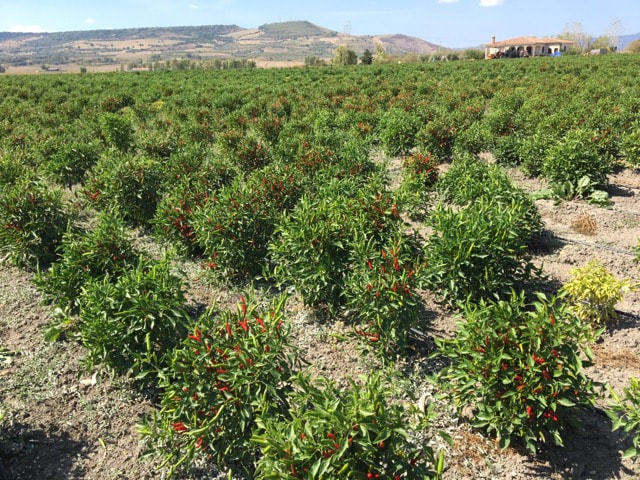
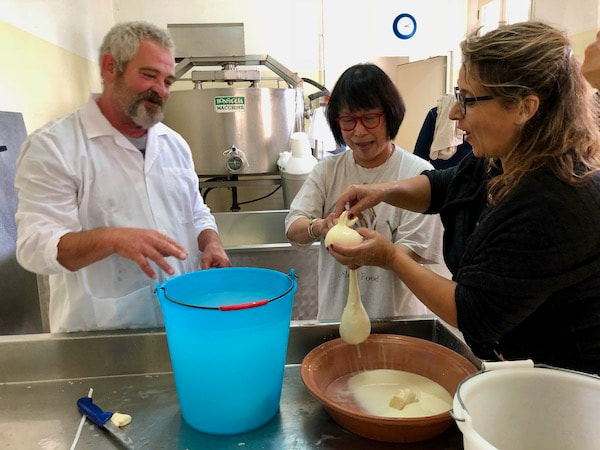
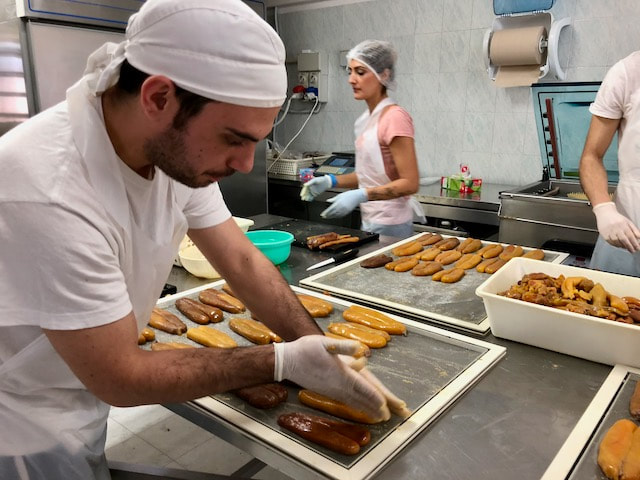
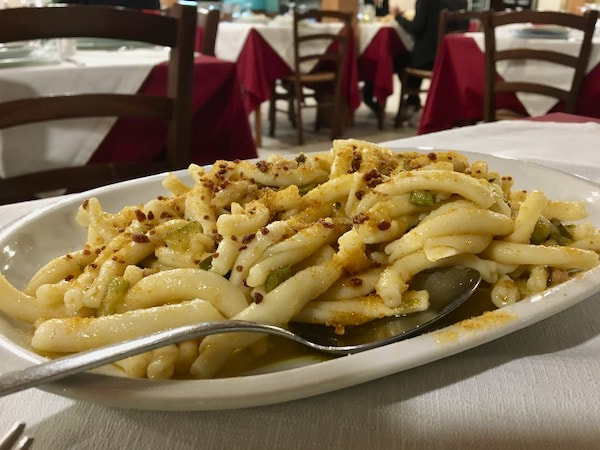
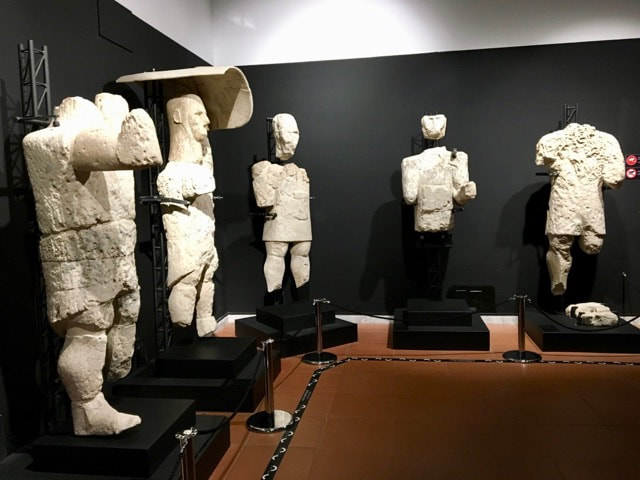
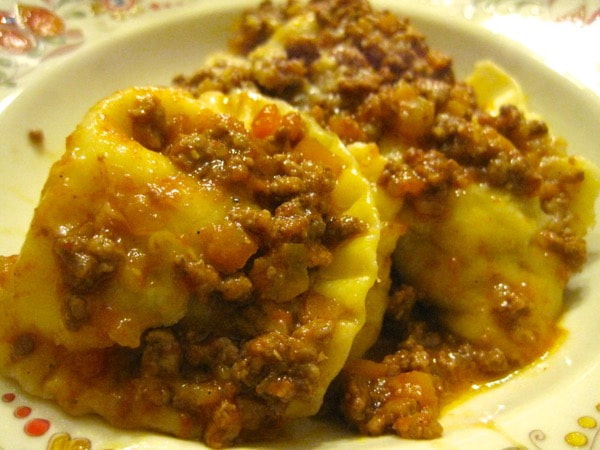
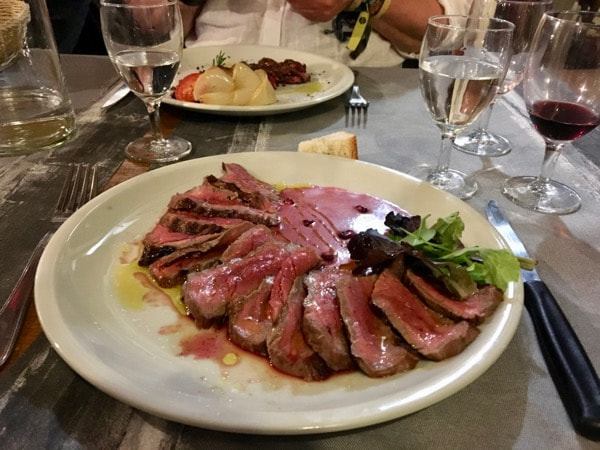
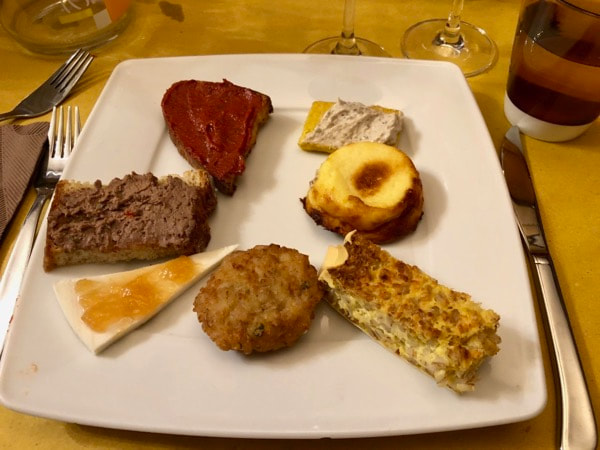
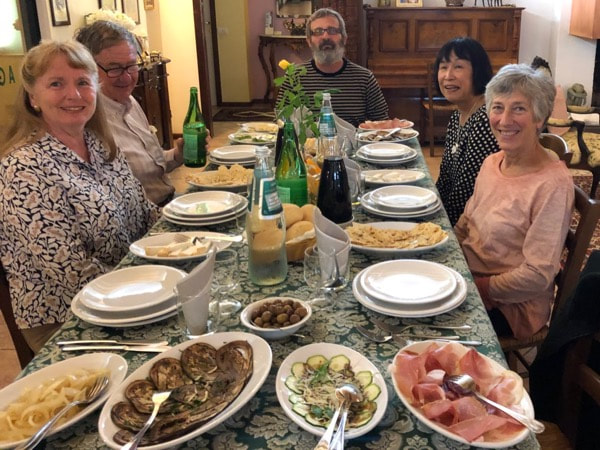
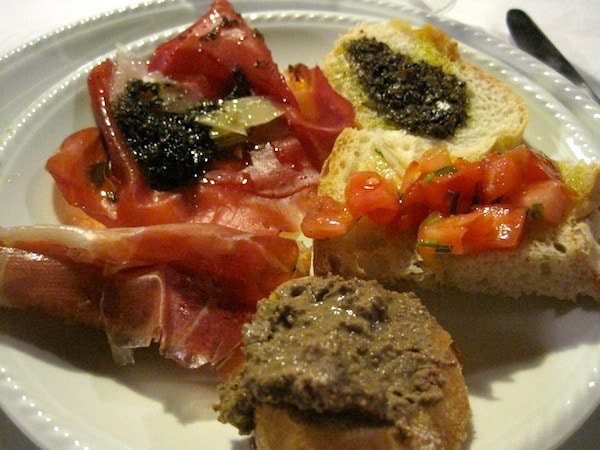
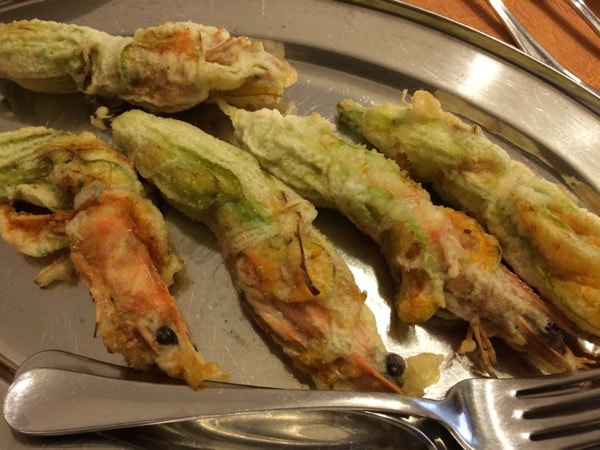
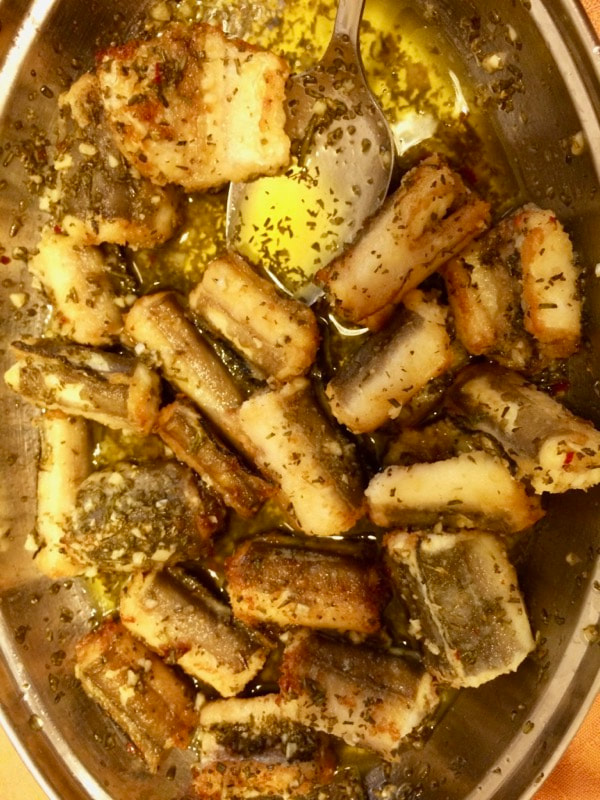
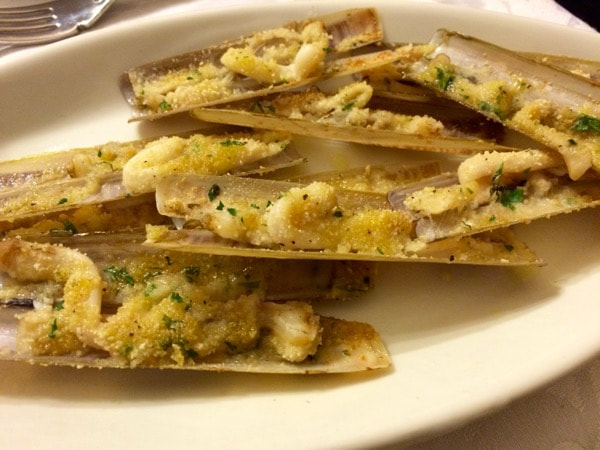
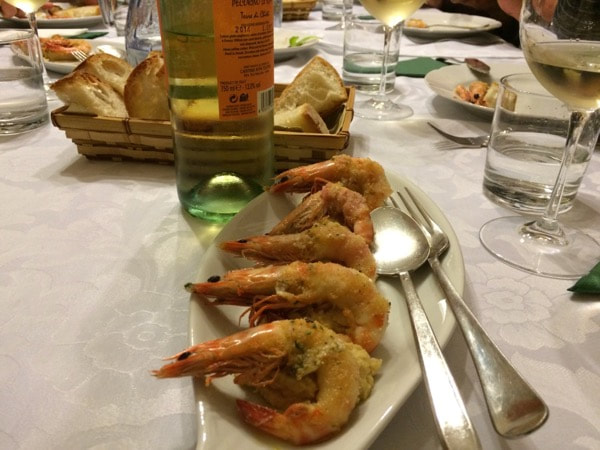
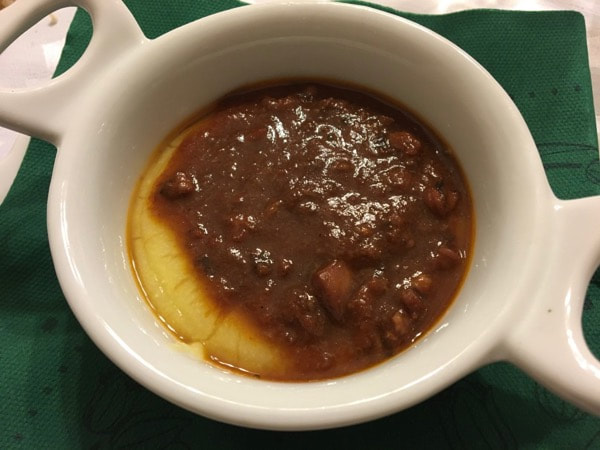
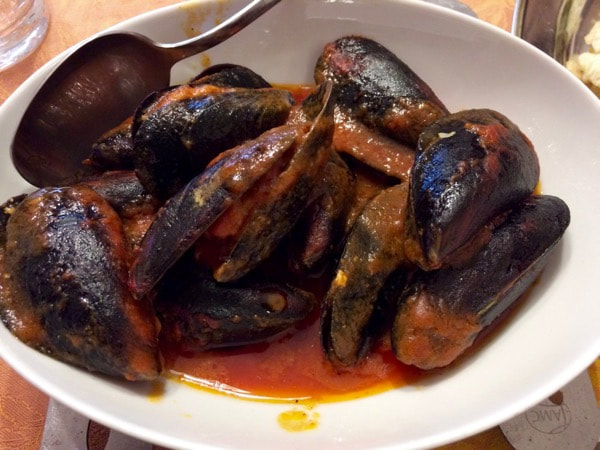
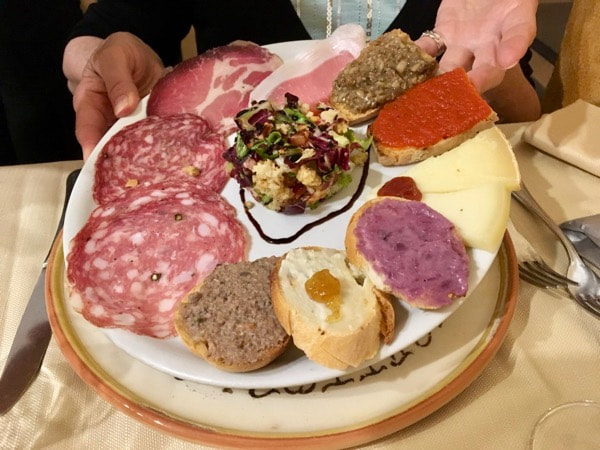
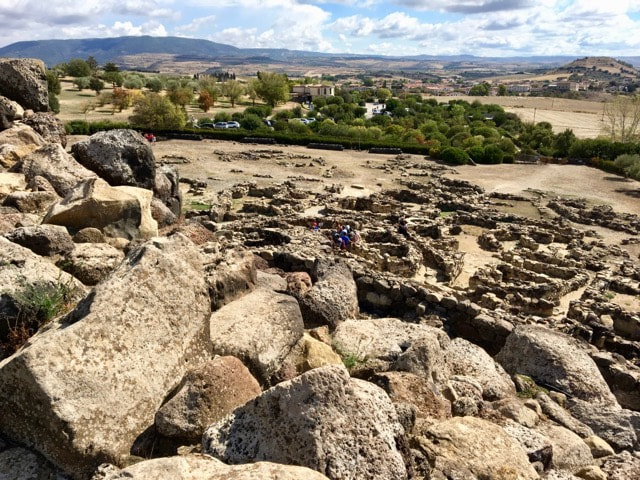
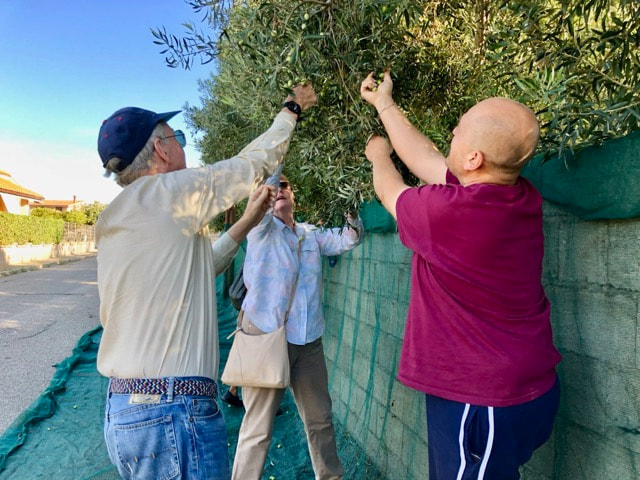
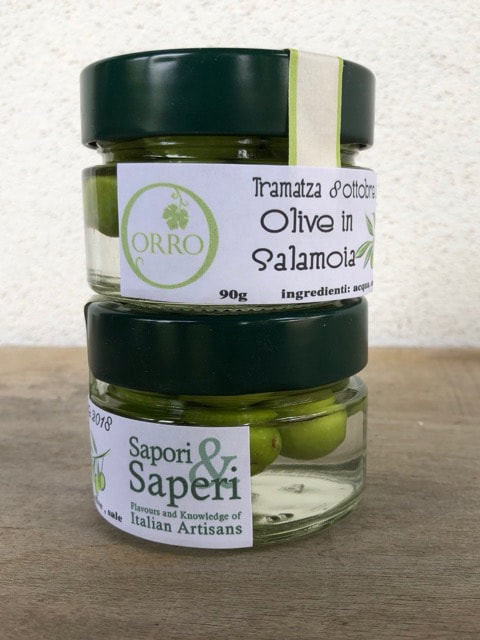
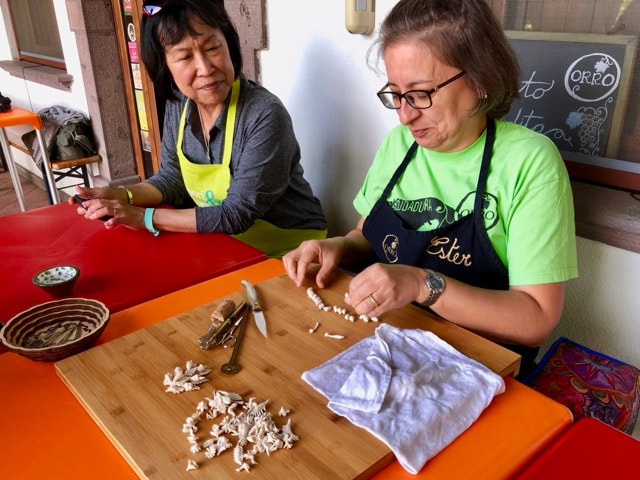
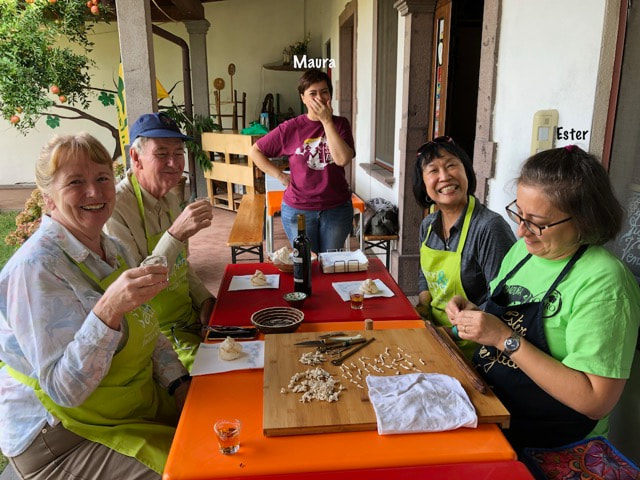
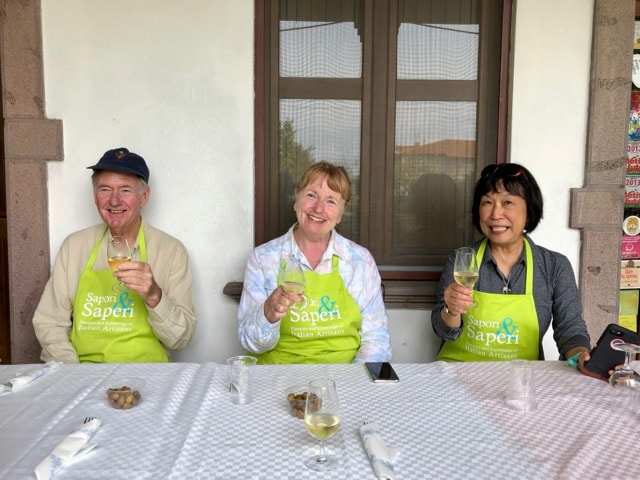
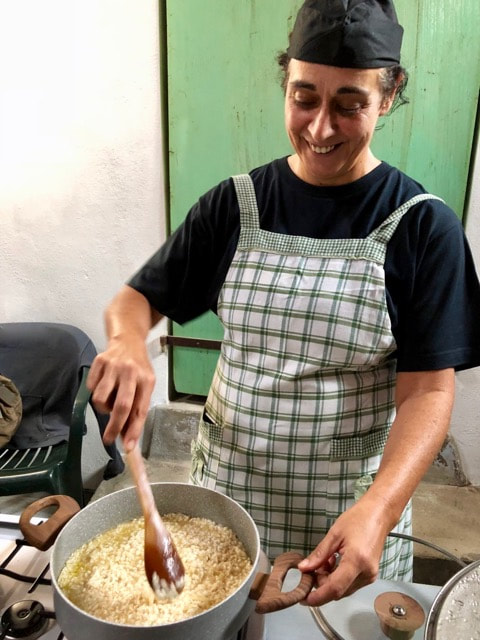
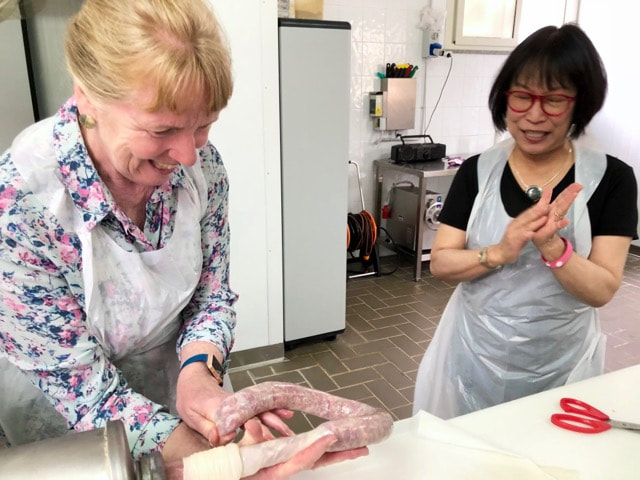
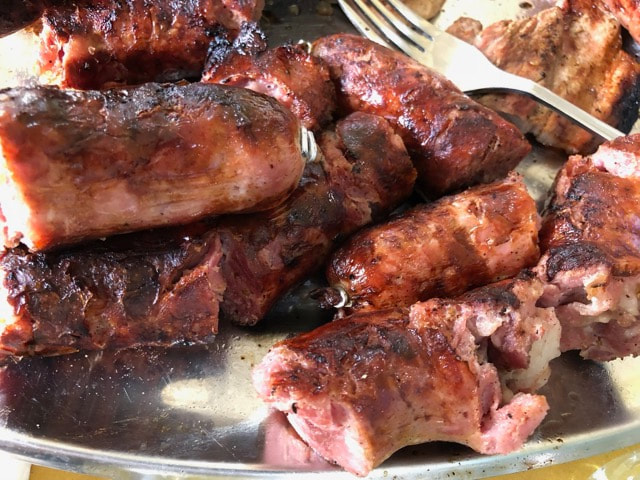
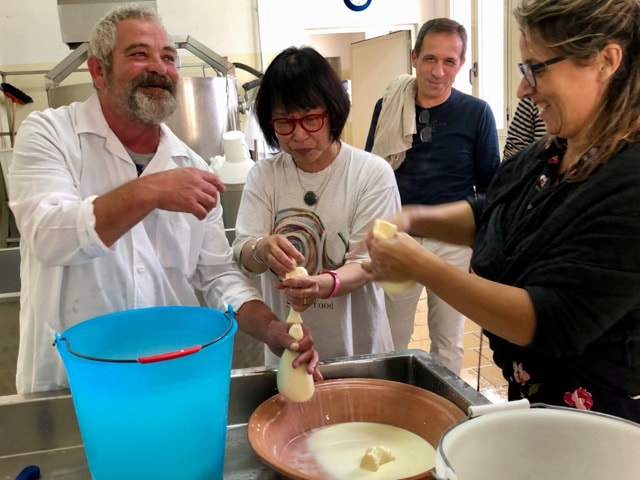
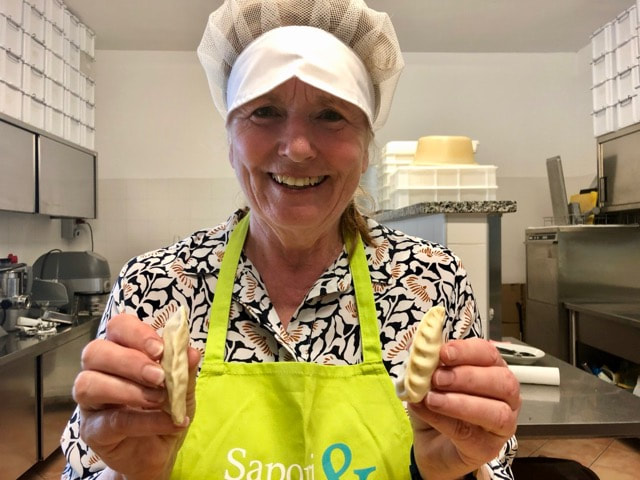
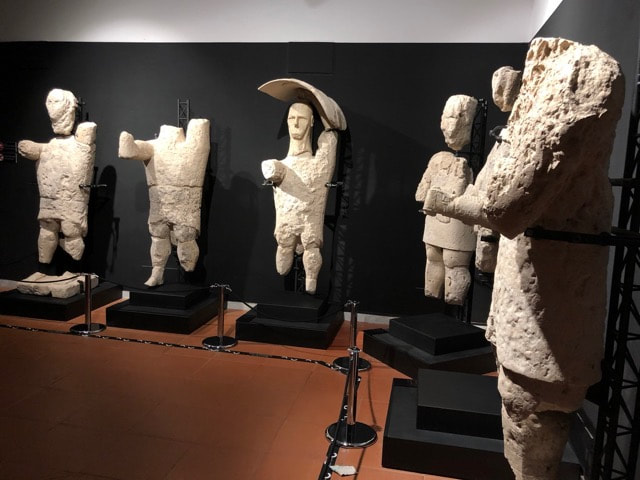
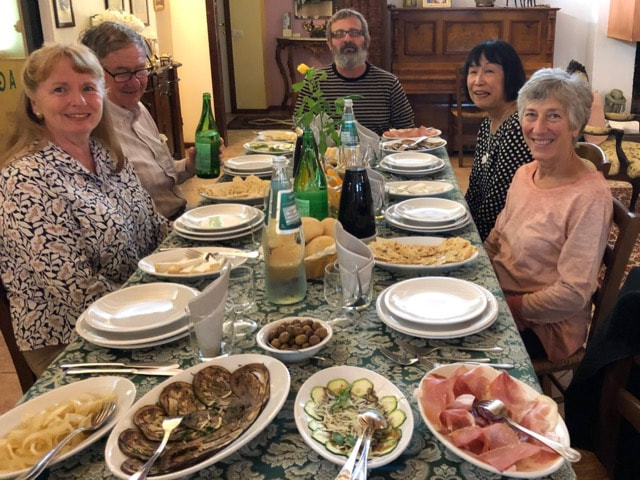
 RSS Feed
RSS Feed



